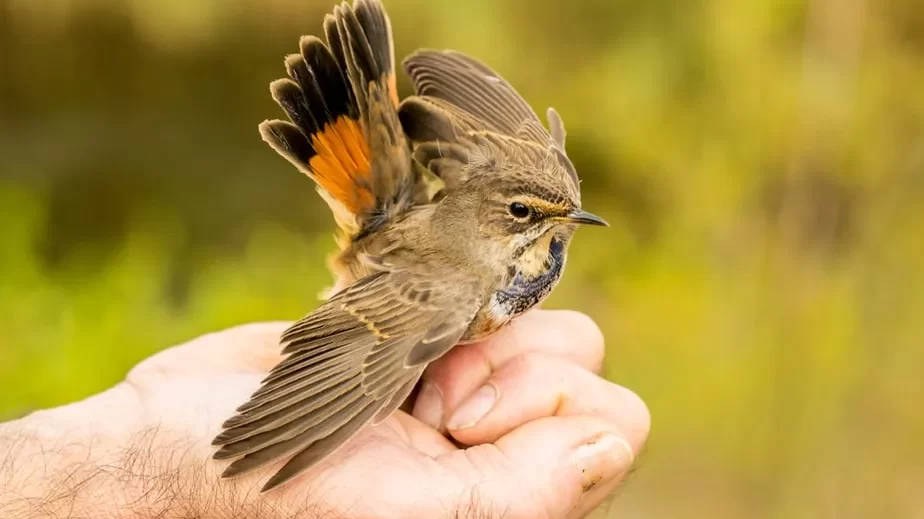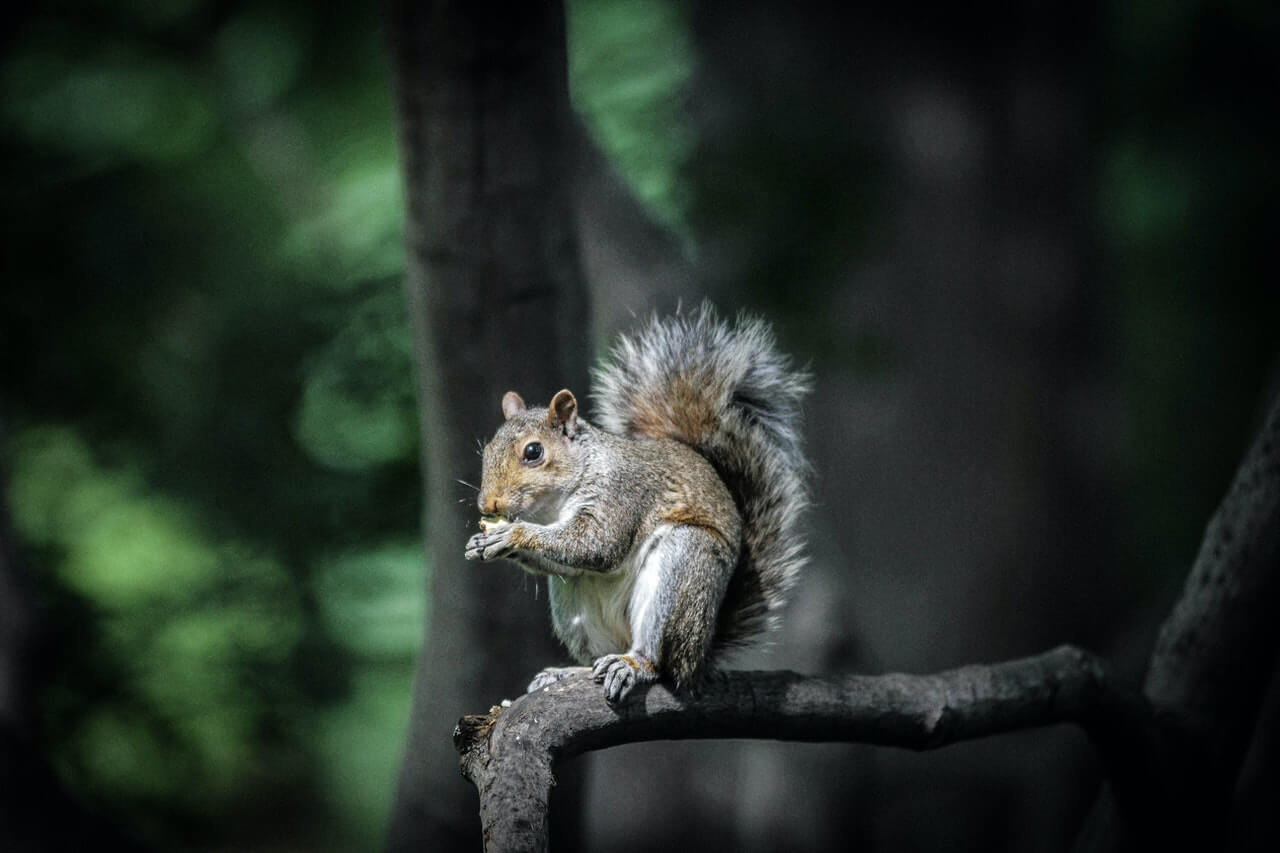To catch a wild bird in your backyard is easy. But first, let’s find out if it’s legal to catch wild birds. It depends on what country you’re in.

- In the US, the Migratory Bird Treaty Act of 1918 | U.S. Fish & Wildlife Service (fws.gov) forbids the killing, capturing, selling, trading, and transporting of migratory bird species that are protected by the government or the Department of Interior U.S. Fish and Wildlife Service.
- In Singapore, the trapping of birds is illegal. This is true even if it is done outside or inside of a nature reserve. The SFA | AVA (Agri-Food & Veterinary Authority) regulates these bird-catching activities.
- In Europe, trapping of songbirds, as well as their consumption, is illegal across the Union. Member states of the EU still have these cases, such as France and Italy, but in Malta, trapping is allowed according to BirdLife Data Zone.
- Along the Mediterranean regions, birds are caught during migratory seasons.
- According to the Migratory Game Bird Hunting Permit – Canada.ca in Canada, there are requirements for you to hunt migratory birds. You must have (1) a valid Migratory Game Bird Hunting Permit, and (2) Canadian Wildlife Habitat Conservation Stamp printed on the permit. Simply put, it is much more feasible to evaluate your environment and laws first before doing something.
Thus, before you do anything, it is important to ask yourself these questions:
- Is the bird injured? Be sure to know that the bird is not injured, or not. This is important for you to assess what to do; if you’ll be extra careful, or if you’re allowed to take your guards down. If the bird’s not injured, then catching it would be a nuisance since you’d be required to make a trap (which is stated in this article). If it’s not, then it’ll be relatively easy to catch it.
- Based on what you see, what’s the bird’s species? Know first if the bird is classified as a wild bird, or not. Make sure that you’re catching a bird that’s also allowed in your country. Catching a bird in your backyard is not always the answer, especially if the bird’s dangerous or if the bird’s illegal to catch. If you can’t judge yourself, calling the authorities is the best thing you could do. Know first if the bird is classified as a wild bird, or not. Make sure that you’re catching a bird that’s also allowed in your country. Catching a bird in your backyard is not always the answer, especially if the bird’s dangerous or if the bird’s illegal to catch. If you can’t judge yourself, calling the authorities is the best thing you could do.
- Is the bird young, or old? To assess what to do, you should know by the looks of it, if the bird is a young species or if it’s an elderly one. If it’s young, do you see any potential species that might be its parents? Bird parents are very protective of their offspring, and some parents even take up too much parental responsibility that it will attack anything that they see as their child’s predator. You should always be careful. If it’s young, do you see any potential species that might be its parents? Bird parents are very protective of their offspring, and some parents even take up too much parental responsibility that it will attack anything that they see as their child’s predator. You should always be careful. If it’s old, do you see any younger birds around? Migratory birds often come with a lot of birds of the same species, too. Check for companions and any other birds that might come along with what you have seen.
Steps in catching a wild bird
If catching the bird/s is the judgment you’re going to make, then here are steps to catching a wild bird.
Have a technique to lure the bird into your chosen trap of choice.
Most traps are effective if you’ll put a bait in them that will lure the bird. Most common baits are food: Sunflower Seeds, peanuts or peanut butter, white proso millet, suet, nectar, mealworms, nuts, shrubs (shrubs that produce berries), mosquitoes, rodents, snakes, coneflowers, dogwood, nectar, and decoys: Some male birds are attracted to female birds, so using a bird decoy is smart. These decoys can be bought or you can make them yourself.
Make your desired trap.
Here are the kinds of traps:
- Trap door traps – These kinds of traps are spring-loaded trap boxes with feeding platforms. Much like trapping a mouse, this trap targets birds that are feeding or hungry, so it’s best to use food baits. When the bird steps into the perch, you can then put the bird in a quiet area for its relocation.
- Net Bird Trap – You can catch birds via nets, especially if these birds are on the ground. Use nets according to the size of the bird. Use nets that are also nearly invisible to the ground to better lure the bird into stepping in it, or to make an illusion to the animal that the net is not there.
- Spotlight trapping – The use of light to capture some birds is also commonly used at night. This is done through stunning birds with bright light beams and then luring them into a trap that you’ll be able to make yourself. This method of trapping is efficient, especially at night when you can’t see anything and you hear a bird preying in your beautiful backyard.
- Funnel Trap – This type of trap use corrals to trap a bird into the funnel. These funnels are narrow and will lead to larger holding pens or the corrals you’ve made.
Call the authorities.
Calling your local authorities, after trapping a bird, or after catching it, is probably the best way to catch a wild bird. This will help in preventing yourself from being in prison for doing something illegal in your country, and will also help the bird to be preserved in nature with the proper reinforcements it deserves.
Now that you know how to catch a wild bird in your backyard, go and plant more, and clean more – without annoying birds destroying the fruits of your hard work.
References
- Singapore Government Singapore Food Agency. (n.d.). SFA | AVA. Singapore Food Agency
- BirdLife Data Zone. (n.d.). BirdLife International
- Canada, E. A. C. C. (n.d.). Migratory Game Bird Hunting Permit – Canada.ca. Government of Canada



